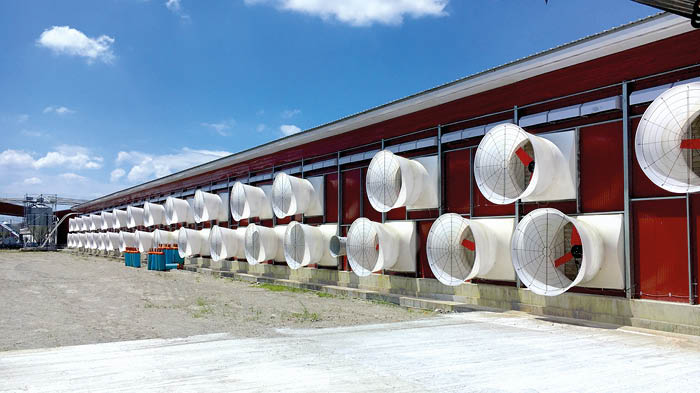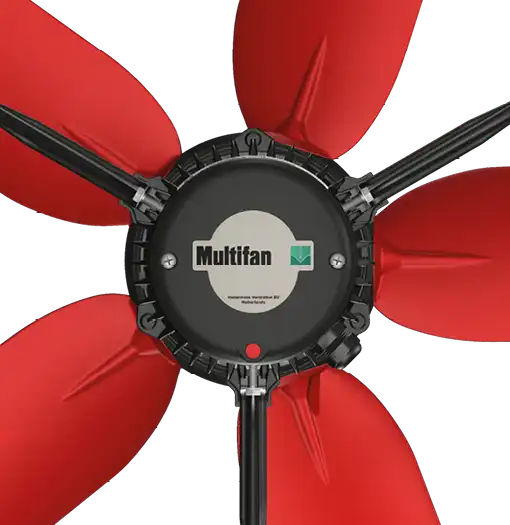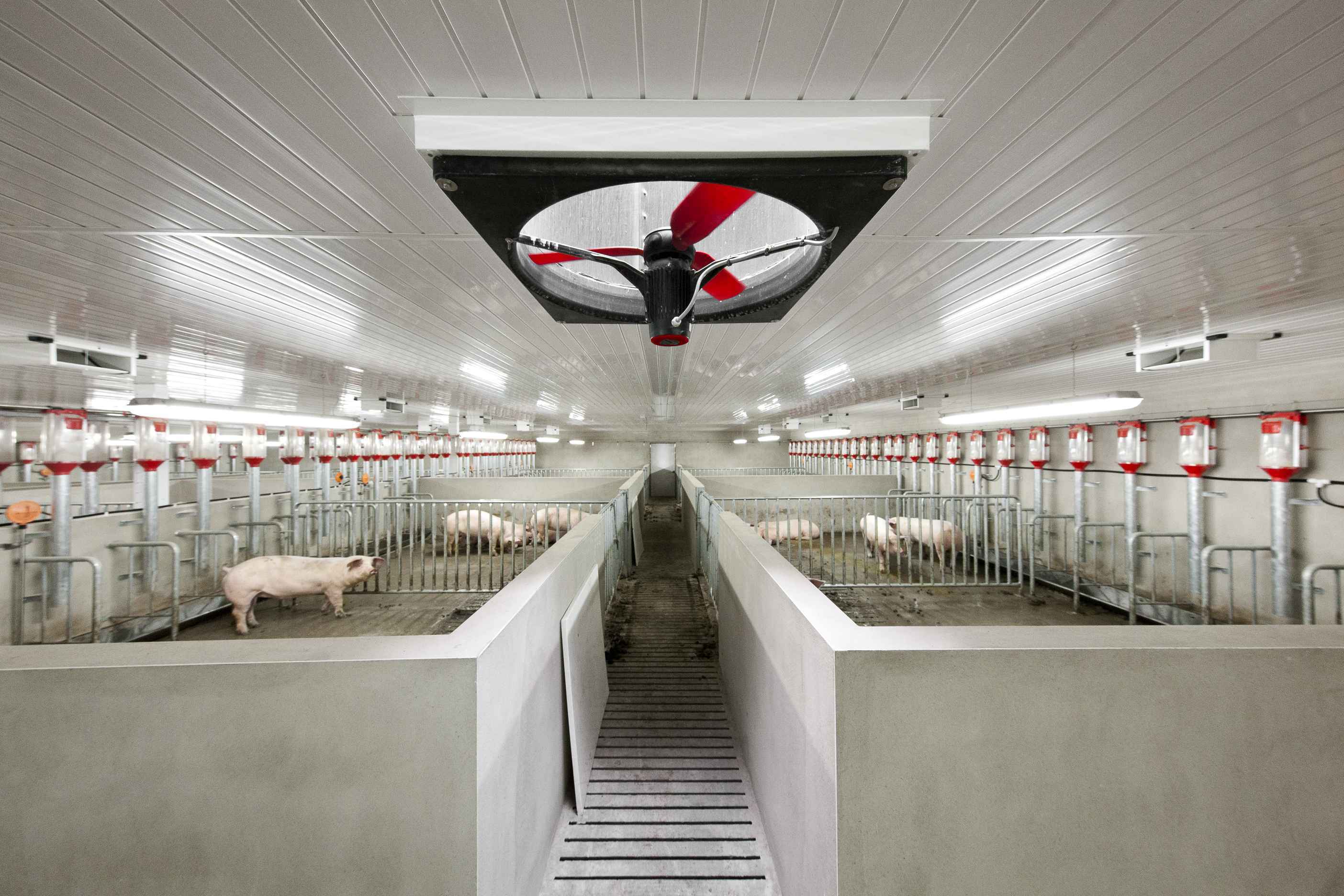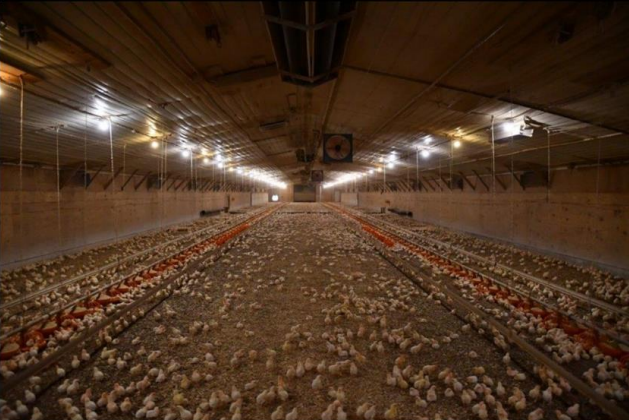The poultry house climate has a major impact on the health of the poultry and thus, on the operating result. In this article you can read about the relevance of and factors for a comfortable poultry barn climate.
Optimal growth
For optimal health and growth, chickens need good feed and clean drinking water. In addition they need heat, fresh litter, good air circulation, light and good hygiene. If one or more of these elements are disrupted, diseases, disorders and other problems can quickly arise, such as:
- Lung diseases (E. coli infection)
- Foot sole lesions
- Contamination
- Slow growth
- Reduced feed uptake
- Higher feed conversion
- Increased mortality
Important factors
Some important factors that influence a comfortable stable climate are:
- Temperature
- Relative air humidity
- Air speed
- Ammonia and CO2 concentration
“Too low a temperature feels too cold and too high a temperature feels too warm. Adult animals must have a temperature of between 20 and 27 degrees to be in their comfort zone.
We also all know the phenomenon that with a high humidity it feels more humid and, therefore, warmer than we would expect and vice versa if the humidity is low, so it feels lean and less warm than we would expect. From the age of 5 weeks onwards animals react the same way; thus, broilers or rearing animals 5 weeks of age or older feel the same difference as laying hens or breeding animals that are adults. The last factor is the air speed; too high an air speed is experienced as a draft. The air that blows past the body removes body heat more effectively than stagnant air. At a high temperature, a breeze is nice and cool, but with a low temperature or too much wind this can easily be an unpleasant draft. Young animals and animals with less feathering experience more cooling at the same wind speed.” Stated Mr. Henk Rodenboog, Climate Specialist and Zoo Technician at De Heus Voeders BV *.
Heat stress
Poultry is very sensitive to heat stress: at high temperatures, chickens absorb less feed, resulting in lower growth and poorer results. Heat stress can also lead to diseases, because germs thrive in high temperatures and the animals' resistance is reduced. The risk of heat stress increases if the feeling temperature of the air in the house exceeds 30ºC in combination with a relative humidity> 75%. The rule of thumb is that heat stress occurs when the temperature plus the humidity exceeds 105.
Healthy chickens and an optimal operating result
You will understand: an optimal barn climate can save much trouble and money! After all, it significantly affects the resistance of the animals and infection levels. But in addition, and no less important, your operating result as well!
Many of the circumstances in which chickens feel 'happy' can be optimally controlled with the ventilation and fans:
- Cooling for the chickens
- Removal of harmful substances and gases (ammonia)
- Supply of fresh air
A chicken does not have the ability to put on and take off its suit of feathers. That is why poultry farmers must help by optimizing the stable climate. That way, they can improve animal health and earn money.
* De Heus is an internationally operating company the core activity of which is the production and marketing of high-quality animal feeds.




